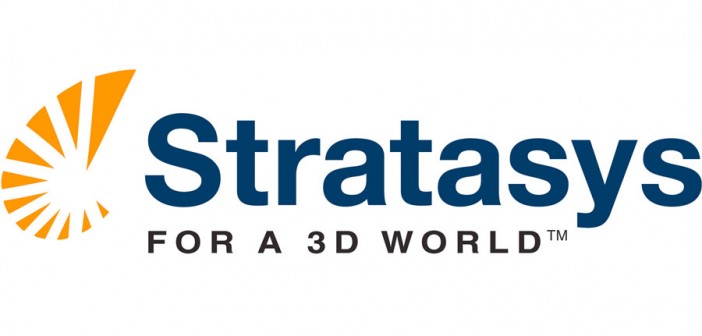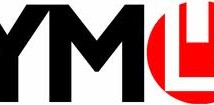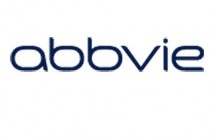A recent video showed global senior manager of manufacturing solutions, Ryan Sybrant of Stratasys Ltd (NASDAQ:SSYS), being interviewed bySteve Heller, 3D printing specialist at Euro Mold 2014. This was the world’s biggest conference which took place in Frankfurt, Germany last November. In the video, both persons discussed the benefit of 3D printing in manufacturing.
Steve Heller stated that designing in manufacturing was a big challenge given the tooling patterns that manufacturers had to work thus creating havoc in the factory. He asked Ryan how 3D printing impacts this. Ryan reported that the rules do change considering that whenever he had to design components; he also had to consider the machine that was to be manufactured given the constraints.
Ryan continued on to say thatadditive 3D printing doesn’t give any constraints such as thee which will help one focus more on the performance and function. However, the application must fit requirements regarding what needs to be produced from the technology. Through additive 3D printing, one can focus more on design.
Heller asked Ryan to show him how applications such as the robot arm allowed Stratasys Ltd’s (NASDAQ:SSYS) success. Sybrant reported that Genesis, the robotics manufacturer approached his company asking them to find some kind of way for them to customize their tooling given that each project of theirs is different from the other. Given that they focus on mass customization, they need a way to decrease costs in the company in order for them to increase their cash inflows.
Sybrant stated then after working for the company for a while, they made them change their mindsets and be more inclined to work with additive [3D printing]. After all these efforts, Sybrant was able to get them to use the robot arm which helped them decrease the amount of material that they used considering that they would machine them out.
The company had another advantage with this too given that since vacuum channels were present in the inside, Sybrant and his team was able to integrate inside the thermoplastic considering their support-removal system inside. With this, the company has lesser hoses.
With integrated channels, the operation was basically for the company to hold a carbon-fiber complex device. The robot will be able to carry out the activity in different directions and axes thus transforming them to a water-jetting operation.
The robot is holding the part in order to cut and put the part back in place. It can pick up another component with a varying geometry and tool thus (as Sybrant puts it) the arm is basically a pick-and-place tool which responds to different needs at the point in which they are required.
Heller agreed with Sybrant on the matter that it has a modular component which will help companies evolve into the next generation in manufacturing by helping them out on the factory floor. This discussion ended at the largest conference with both sides agreeing on the matter given the positive results that the devices had to offer.




